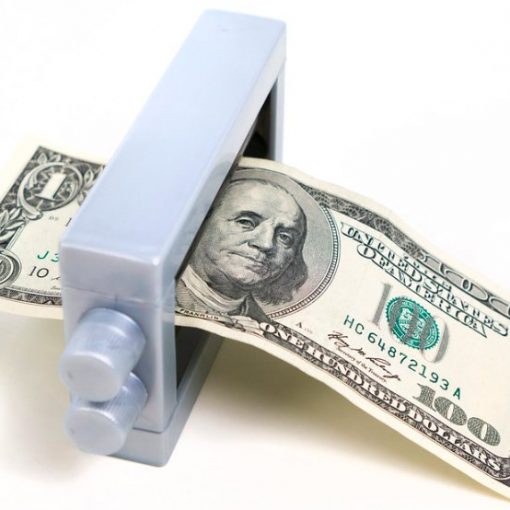The debate over the validity of the well-worn “Sell in May and go away” investing adage sprouts up every year right about now like so many perennial flowers in Spring.
Advocates of the aphorism point out that seasonal declines in stocks occur frequently between May and November. As a result, the smart move they say is to sell share holdings, buy Treasury bills or other short term securities, and get back into the market later in the year.
Viewed historically, the Sell-in-May thesis does have at least some statistical merit.
According to the Stock Traders Almanac, over the past 50 years the Dow Jones Industrial Average averages a gain of more than 7% between November and April, compared with less than 1% for the other six months of the year. Of course, this observation is based on average performance, and the trend doesn’t occur every year.
Over the past two decades, the market has generally performed poorly during the summer months and into the early fall, according to data compiled by J.C. O’Hara, Chief Market Technician with FBN Securities.
Business Insider prepared this chart based on his data to underscore the trend. Investors long the first four months of a year and the last three have outperformed investors long all year round.
Mark Dow, an investor who writes at the Behavioral Macro blog, recently told CNBC that there might be a good explanation for this:
“It’s not true for any fundamental reason, but it really maps to our psychology and how risk budgets are set. At the beginning of the year, people tend to be more bullish just because you’re putting money to work. Asset allocators are giving money to managers, and speculative juices naturally flow. And if the macro backdrop is decent, we continue to ramp it up. But at some point we take it too far, and all that enthusiasm unwinds and reverses. And that often happens to take place between May and July.”
Trouble is, the past isn’t always a perfect guide to the future. The last two years, the seasonality phenomenon hasn’t hurt investors all that much, according to Sy Harding at Asset Management Research.
There hasn’t been a major correction in the May-to-November time frame since 2011, though some are quick to point out that the Federal Reserve pumped in additional stimulus at the first sign of market weakness, perhaps to prevent a correction from taking place. The so-called ‘Bernanke Put’ may have muted the usual seasonal downturn, as seen in this chart prepared by Asset Management Research.
Citigroup’s Chief U.S. Equity Strategist Tobias Levkovich also suggests that investors be wary of seasonal patterns. According to his analysis going back 50 years, even though the May-to-November period is often a disappointing one in terms of overall market performance, investors still made money in stocks 62% of the time. What’s more, cyclical trends and market fundamentals matter far more, says Levkovich.
This year there is yet another wild card: midterm elections.
“This midterm election year could end up being similar to prior midterm election years and therefore have an increased amount of volatility (VIX),” according to Sam Stovall, chief equity strategist at S&P Capital IQ. He adds that nearly 40% of all market declines in excess of 5% have occurred during midterm election years.
Whether you buy the “Sell in May” theory or not, it does appear the market is facing some potentially negative headwinds we we approach the summer months of 2014.
In the headlines, political turmoil in Ukraine continues to weigh on investors’ minds. Also, high-flying momentum stocks have taken a beating the past few weeks, and investors appear to be favoring defensive and late-cycle sectors.
DISCLAIMER: The information in this material is not intended to be personalized financial advice and should not be solely relied on for making financial decisions. All investments involve risk, the amount of which may vary significantly. Past performance is no guarantee of future results.





